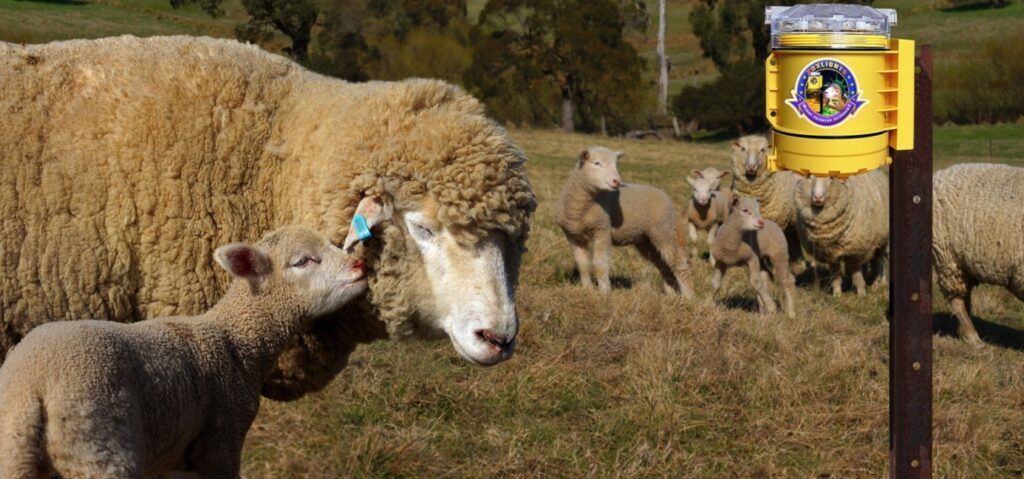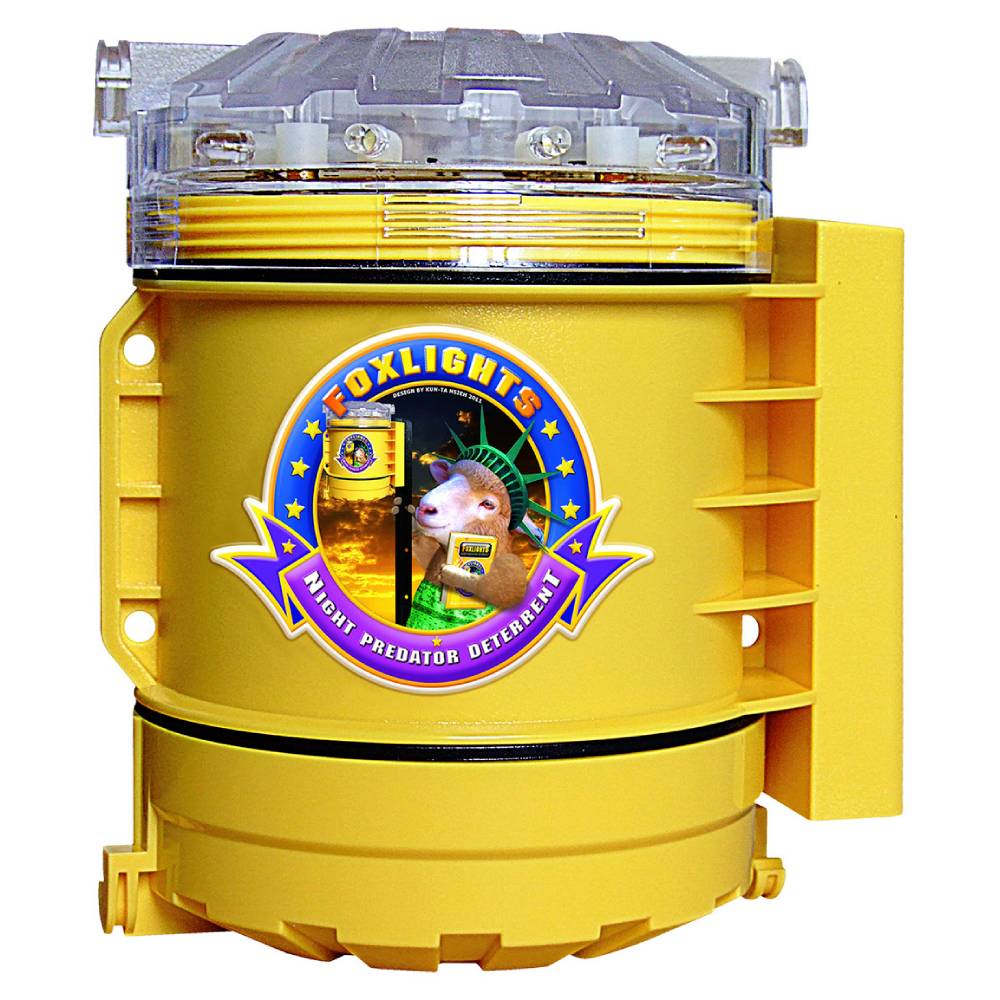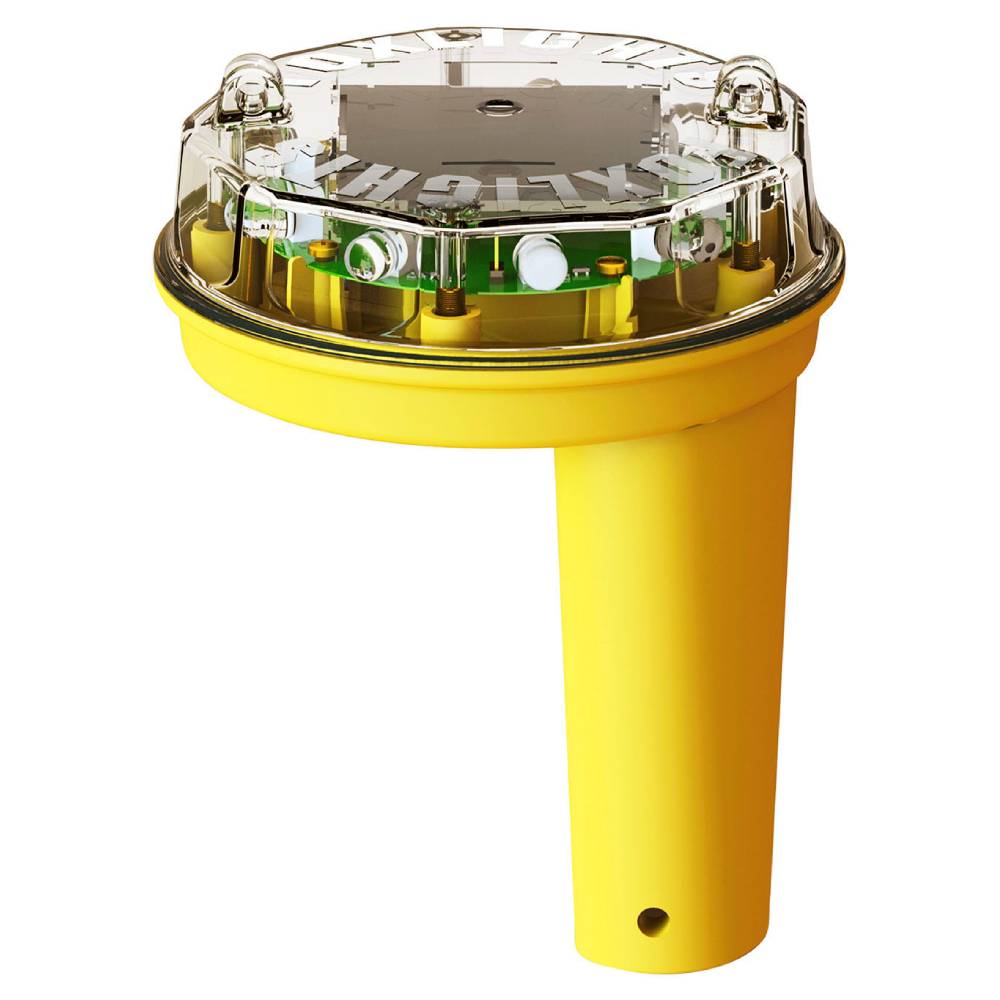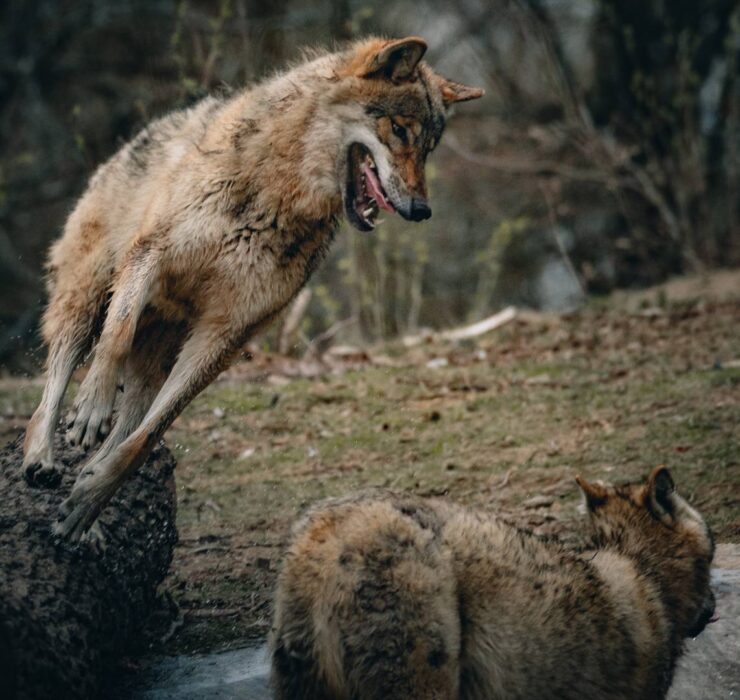In this article, we address the problem faced by livestock farmers due to wolf and fox attacks on livestock and how FoxLights technology can help prevent these attacks and protect livestock.
Wolves and foxes pose a constant concern for farmers as they can cause significant losses by attacking livestock. BirdGard Iberia introduces the “FoxLights” solution developed in Australia to assist farmers in protecting their livestock from these predators.
The issue of wolves in Europe
The issue of wolves in Europe has been a topic of concern and debate in recent years. Wolves are native to many European countries and play a crucial role in maintaining ecosystem balance. However, their increasing population and expanding range have raised challenges for farmers, livestock owners, and local communities.
Evolution of the wolf population
The wolf population in Europe has experienced significant changes over the past century. Historically, wolves were widely distributed across the continent, but extensive hunting and habitat loss led to their decline in many regions. However, in recent decades, there has been a notable recovery of wolf populations in several European countries.
As a result of conservation measures, the range and population of wolves have expanded in several countries. Wolves have recolonized areas where they were previously extinct or rare, and their populations have increased in regions with suitable habitat and prey availability.
The recovery of wolf populations has been particularly notable in countries such as Poland, Romania, Slovakia, and Slovenia.
Countries in Europe most affected by wolf attacks on livestock
The countries in Europe that are most affected by wolf attacks on livestock vary depending on the specific regions with wolf populations and the intensity of human-wolf conflicts. Some of the countries where livestock depredation by wolves is more prevalent include:
- Romania: Romania has a significant wolf population, and conflicts with livestock farming are common, particularly in rural areas where traditional extensive grazing practices are prevalent.
- Spain: Certain regions of Spain, such as Galicia, Asturias, and Castilla y León, experience frequent wolf attacks on livestock, primarily affecting sheep and cattle herds.
- Italy: In Italy, regions such as Abruzzo, Lazio, and Tuscany have reported significant incidents of wolf attacks on livestock, particularly on sheep and goat herds in rural and mountainous areas.
- France: In France, conflicts between wolves and livestock occur primarily in the Alpine and Pyrenean regions, where extensive sheep farming is practiced.
- Poland: Poland has a substantial wolf population, and conflicts with livestock occur, particularly in areas where wolves come into contact with free-ranging herds, such as those of semi-feral Konik horses.
- Finland and Sweden: In northern European countries like Finland and Sweden, reindeer husbandry is affected by wolf predation, causing economic losses for indigenous Sami communities.
It is important to note that the intensity of wolf attacks on livestock can vary within these countries, and specific regions may experience higher or lower conflict levels. Additionally, efforts are being made in many European countries to implement preventive measures, compensation programs, and promote coexistence practices to minimize the impact of wolf predation on livestock farming.
Quantifying the economic impact of wolves and foxes on livestock farming
Quantifying the exact economic impact of wolves and foxes on livestock farming in Europe can be challenging due to various factors, including the diversity of agricultural systems, regional variations in predator populations, and differences in reporting and data collection methods. However, studies and reports provide insights into the economic impact of these predators on livestock farming:
- Wolves: The economic impact of wolf predation on livestock farming can be significant, especially in regions with high wolf populations. The cost is primarily associated with direct losses of livestock, such as sheep, cattle, and goats, due to predation. In some cases, indirect costs may include additional expenses for protective measures, increased labor, and stress-related effects on animal welfare.
- Foxes: Foxes also pose challenges for livestock farmers, primarily targeting small livestock, including poultry and young lambs. The economic impact of fox predation includes losses from killed or injured animals, reduced productivity, and costs associated with implementing protective measures.
The economic impact varies among countries and regions depending on predator density, livestock populations, and husbandry practices. For example, countries with substantial wolf populations, such as Romania and Spain, may experience higher economic losses compared to countries with smaller wolf populations.
Measures to protect livestock from wolf and fox attacks
There are various measures that farmers can take to protect their livestock from wolf and fox attacks, such as using guardian dogs, installing fences, and implementing deterrent devices. However, there are measures that are prohibited, such as hunting and capturing wolves.
Among the commercial solutions available to deter wolves and protect livestock is FoxLights, an innovative technology that utilizes intermittent lights to simulate human presence and create the impression that someone is patrolling the area with a flashlight, thereby deterring nocturnal predators like wolves and foxes.
Operation of FoxLights Wolf and Fox Deterrents
FoxLights operates by emitting flashes of light in different colors and random patterns, simulating a person walking with a flashlight and creating the illusion that someone is present in the area. Wolves and foxes, being cautious and fearful of humans, avoid approaching areas where they perceive human presence.

The light is emitted in three different colors (blue, white, and red) with varying timing sequences, confusing the animals and preventing them from getting accustomed to the light.
FoxLights helps reduce wolf and fox attacks and protect livestock.
FoxLights is available in two models:


Both models are easy to install and can be placed on steel posts, trees, or other existing structures. The battery-powered version operates on a 6-volt battery that can last up to 12 months, while the solar-powered version utilizes a solar panel and rechargeable AA batteries.
Both models employ a variable flashing technology in three colors (blue, white, and red), which automatically activates at dusk to give the impression that someone is patrolling the area with a flashlight. The variable flashing effect prevents nocturnal predators from getting accustomed to the light and maintains their natural fear of humans.
The 360-degree LED light of FoxLights is visible up to 1 km away, providing wide coverage to protect the animals.
The advantages of FoxLights are several:
- They are easy to install and move, allowing them to adapt to different grazing areas as needed.
- They are robust and weather-resistant.
- They do not require a connection to the electrical grid.
- They are non-toxic and environmentally friendly.
However, it is also important to mention that, like any deterrent method, FoxLights are not foolproof and may not be effective in all situations. It is recommended to use them in conjunction with other protective measures such as electric fences, guard dogs, and electronic shepherds.
Testimonials from Customers with FoxLights
FoxLights is a deterrent system originally created in Australia and has proven to be highly effective in keeping wolves and foxes away. This innovative solution has been successfully tested in Australia, New Zealand, and other countries. BirdGard Iberia brings it to offer a new alternative to local livestock farmers.
Although FoxLights is a relatively new solution in Spain, Portugal or Italy, there are multiple international references from satisfied customers in Australia, New Zealand, and other countries where the solution has been successfully implemented.
“FoxLights are essential to my free-range chicken farming business. When our chickens move from one paddock to another, the Fox Lights move with them. We don’t let our chickens out without them. They have definitely controlled the devastation of our flock, as when a fox attacks, it doesn’t just kill one chicken, it kills dozens for fun.”
David – Livestock Farmer in Australia
“Our lamb breeding company is using FoxLights with very good results. Comparing to previous years, the outcome this year has been almost miraculous. We are convinced that FoxLights will help us minimize the costs from fox attacks.”
Marty Moses, Managing Director of Moses & Sons Woolbrokers – Australia
“I have installed FoxLights on my property to protect my lambs from fox and wild dog attacks. After the installation, the results have been incredible: I have increased the lamb survival rate from 30% to 70% in the high hill area, from 50% to 90% in the middle area, and from 70% to 100% in the low area. FoxLights represent a small investment for a significant increase in profits.”
Terry, Farmer – Queensland, Australia
FoxLights represents an opportunity for local livestock farmers to adopt a proven and effective solution to protect their livestock from wolves and foxes. With easy installation, compatibility with other protection methods, and success testimonials from other countries, FoxLights offers a valuable option to protect livestock and reduce economic losses in the livestock industry. Get your FoxLights now at the BirdGard Iberia store.
